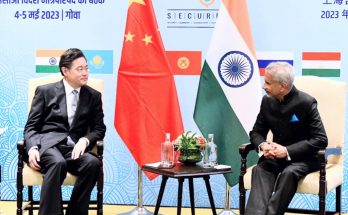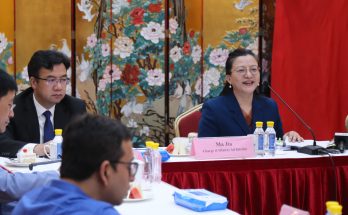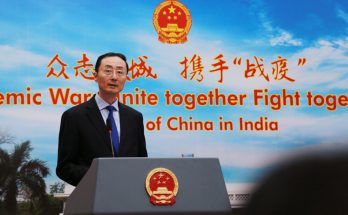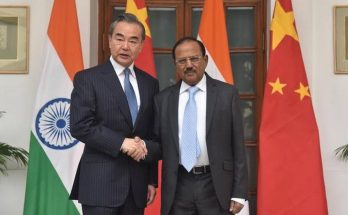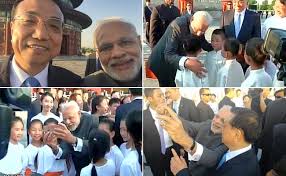As two major countries in the Asian region in terms of population, territory, higher economic growth rates and growing aspirations, the role of India and China vis-à-vis each other, and at the regional and global levels, is significant. Medium-term prospects of these two countries point towards relative enhancement in their respective comprehensive national strengths, gradual vanishing of “buffer zones” that existed between the two in the Asian region and a coalescing equation so far conditioned by the “cooperation and competition” dyad. Nevertheless, overall stability in the political relations can be expected between the two Asian powers in the medium term.
Unlike in the past, India is also leveraging a wide variety of diplomatic and strategic partnerships with the US, Japan, Singapore and Vietnam at a time when Beijing is trying to expand its appeal through One Belt, One Road project and cobbling up semi-military alliances with Pakistan and others. At the ideological level, a rising India is increasingly speaking about its democratic experiment as a possible model for others to adopt.Traditionally, this has been a contentious – if not made explicit – issue between India and China in their appeal to Asian, African and South American continents. Thus, the stakes are expected to be high for India’s relations with China in the medium to long-term.
Read More